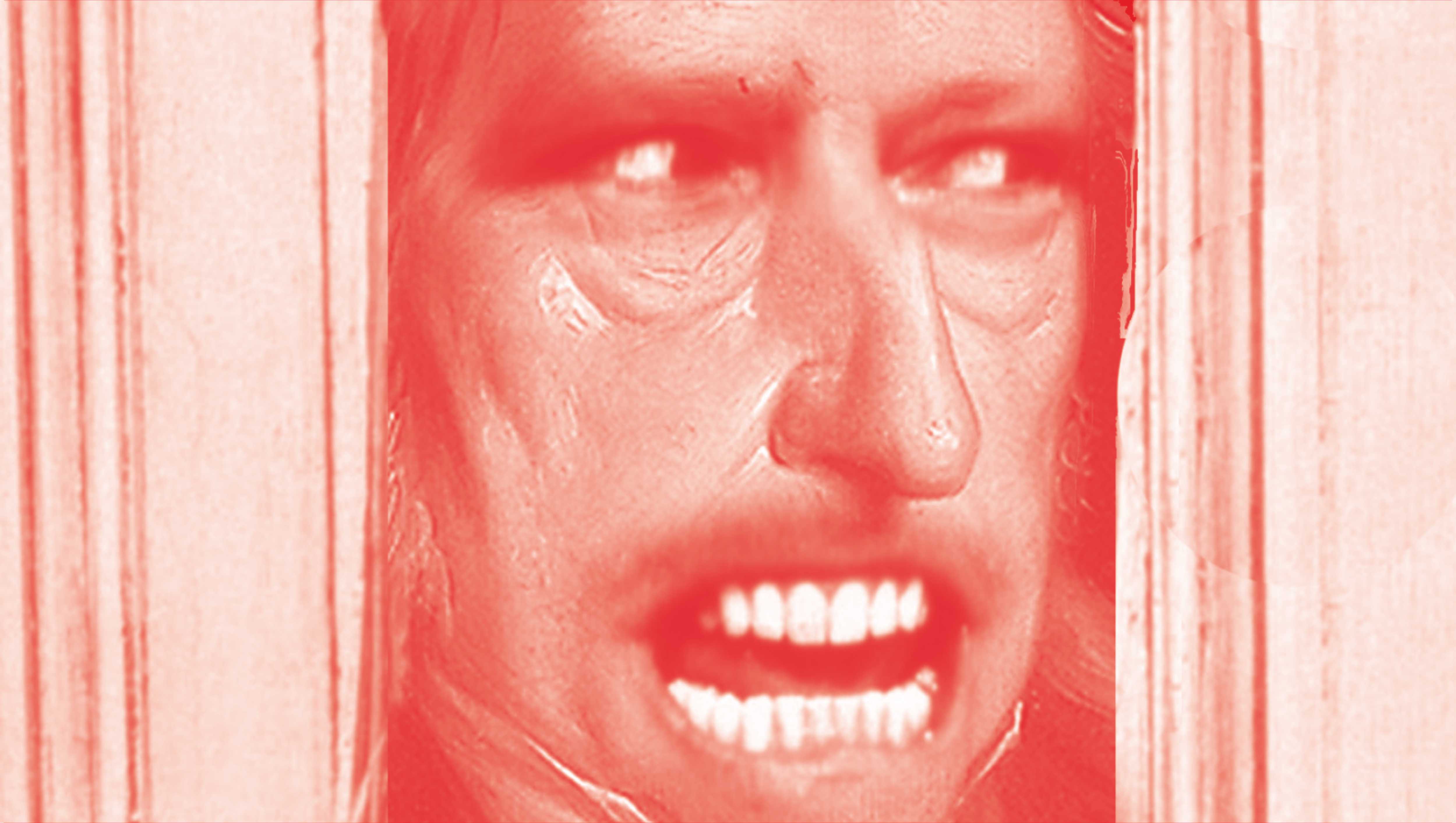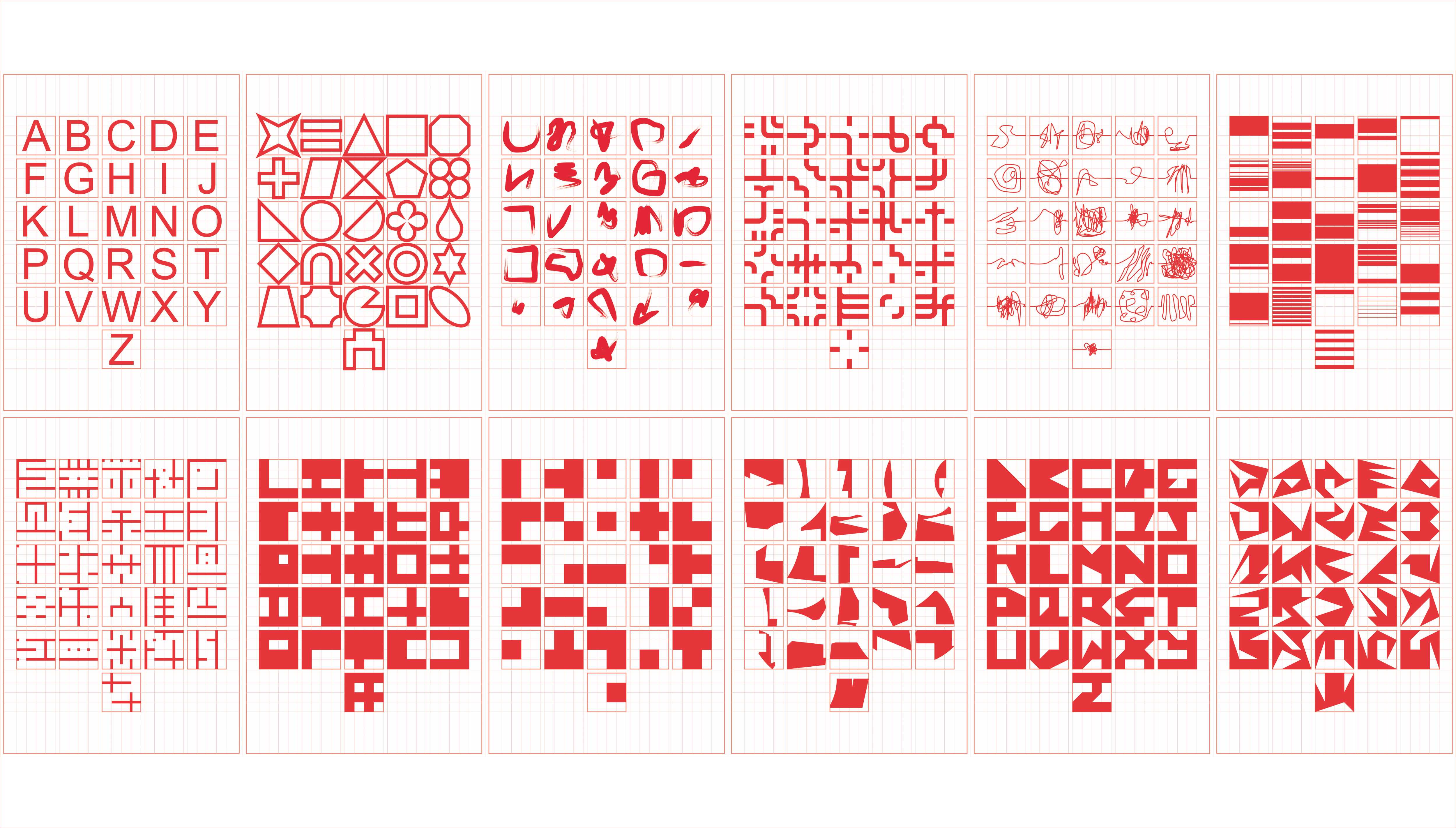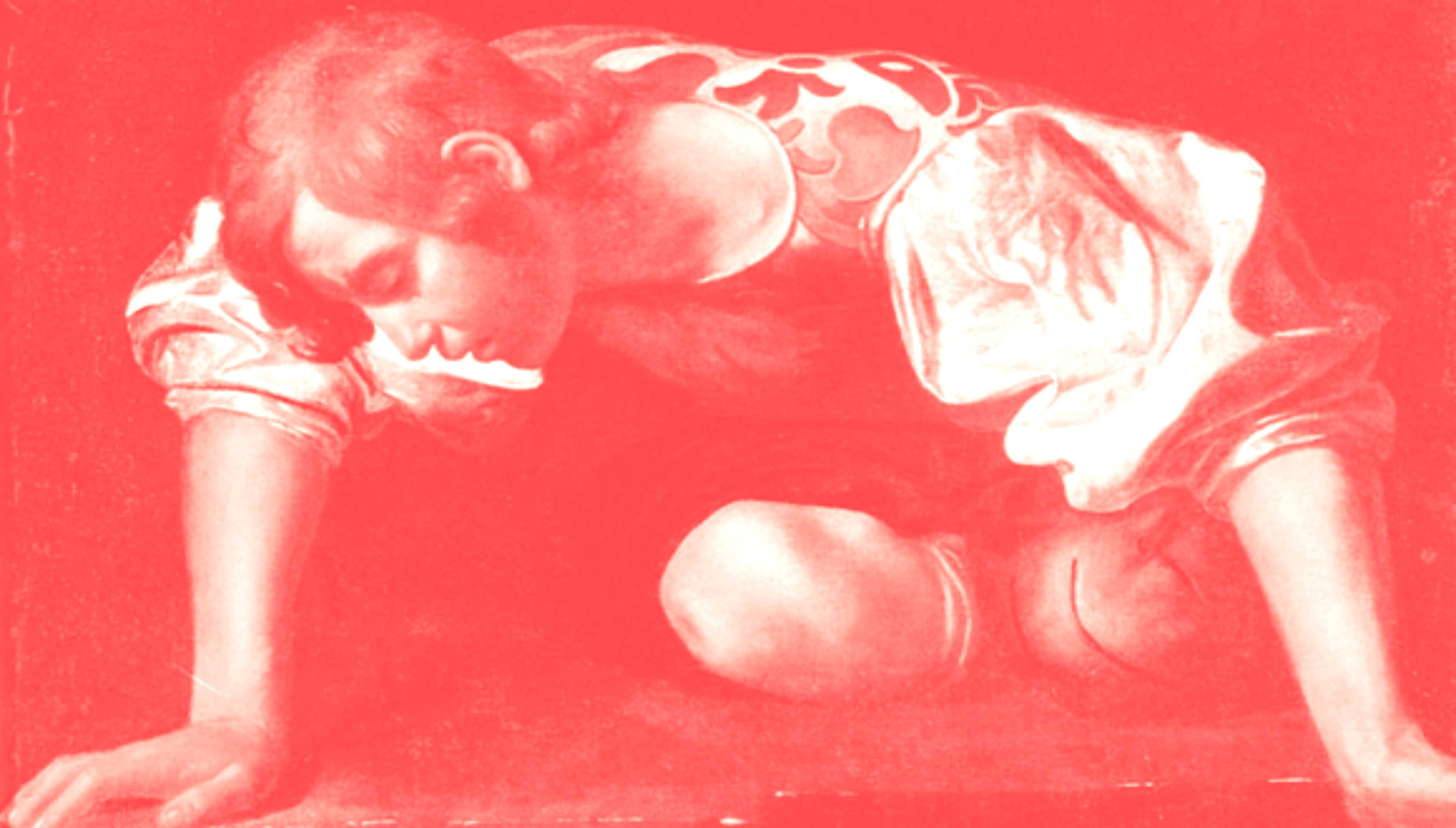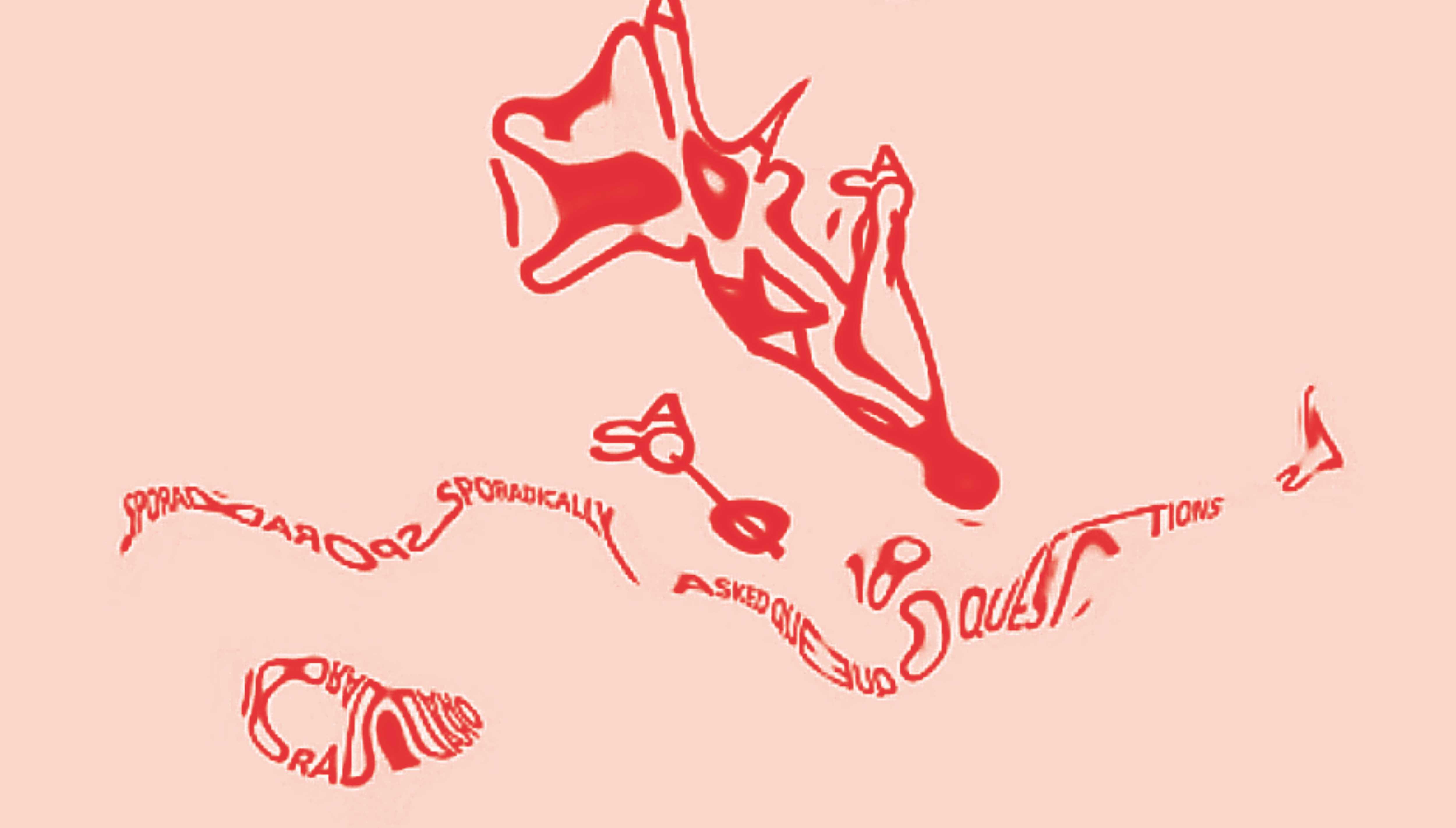An Obituary for the Frame
[2023]The advent of 360-degree filmmaking marks a significant turning point in the history of cinema, as it radically shifts the relationship between the viewer and the projected image, thus challenging the fundamental assumptions of cinematic storytelling, and provoking new ways of thinking and production in the discipline and the discourse of cinema.
As a format, cinema has traditionally been a modality for engaging with the (moving) ‘Image’ in a very particular manner that relies heavily on the device of the cinematic ‘Frame’. The notion of Image along with the Frame in this context has always been understood in all its conventional sense as a rectangular two dimensional plane, a flat surface that is always in the front, as a projection. Such a conception of a frontal planar projection has been a result of the modes of production and methods of image making involved in not only cinema, but also in its predecessor, Photography. It is also a direct response to the nature of human visio, a stereoscopic binocular vision, which allows perception of depth, but at the cost of confining the sight to a frontal mode of visual consumption, determined by a somewhat narrow visual feild, always pointed in a single direction marked and anchored by the line of sight that vanishes into a perspective. All cinema or image-making is then reduced to the ‘Act of Framing’ that must be determined by the director or the photographer, who like a puppetmaster determines all movement, which the observer must only passively consume.
Within this new format of 360 degree film, the frame disappears, as the projection is no longer confined to a single frontal rectangular screen, but rather expands to encompass the entire space around the spectator. No longer can the filmmaker control the viewer's perspective or guide their attention with the constraints of the frame. Instead, the viewer is given agency to explore the space and decide what to see, effectively becoming an active participant in the creation of meaning. But one might say it is much more complicated than that. ‘An Obituary for the frame’ is an experimental exploration of the 360 degree film making format, a contemplative exercise that seeks to assess this supposed demise of the frame, and engage with the new challenges, potentialities and limitation of this format. The project culminates into a series of many short films all made for a 360 degree immersive viewing.
1. The Departure of a Train (360 degree film - equirectangular - 5 mins - Black and White )
The Train can be contested as a great formal metaphor for Film, specifically and especially the Filmstrip, as a long linear strip moving rapidly in a single direction, with each rectangular window of the many compartments alluding to the moving image within the cinematic frame, and together forming a sequence. The Departure of a Train, with a tongue in cheek to the Lumière Brothers’ 1895 short 'The Arrival of a Train’, begins with a goodbye to this motif of the industrial train, the sequential linearity, the rectangular frame and the mechanical or the analog component it signifies. As the train leaves, the frame stretches itself slowly to eventually encompass the totality of omnidirectional space. What follows is a silent contemplation on the many possibilities of navigation and movement that cinema could now begin to undertake, only to subtly realize, that the linear sequence has now been replaced by a circular loop, where the frame instead of dissolving, has concealed itself cleverly within the apparatus, giving only an illusion of a promised totality.


2. Centrifuge ( 360 degree film - equirectangular - 5 mins - Black and White)
Film, which as a format arguably granted a certain freedom to the seemingly lethargic stagnancy of the Image with the help of Movement, now attempts to free other Beings trapped in their stale artificial enclosed environment. Through a centrifugal movement, one is made to flee from the centre and thrown outside of the periphery in the open under the sky. But it comes at the cost of a drowsy dizzy delirium and an irritating noise.



Films available for view upon request.


















































